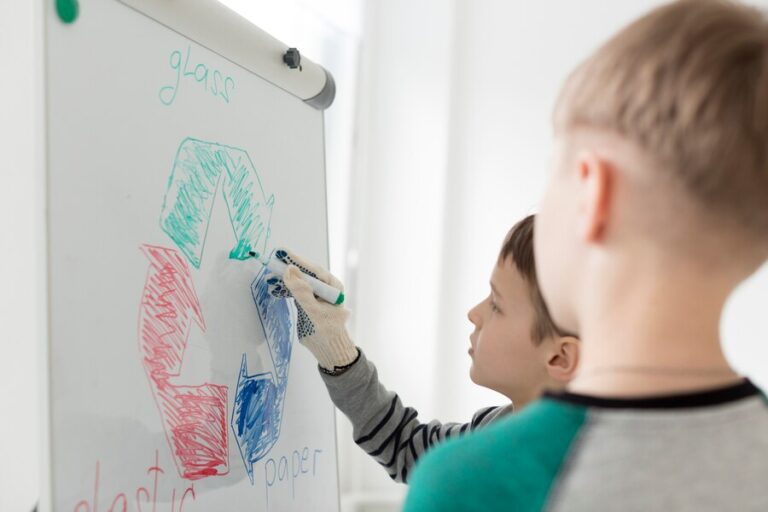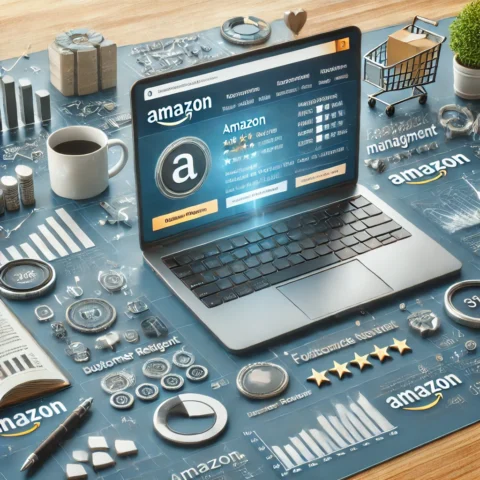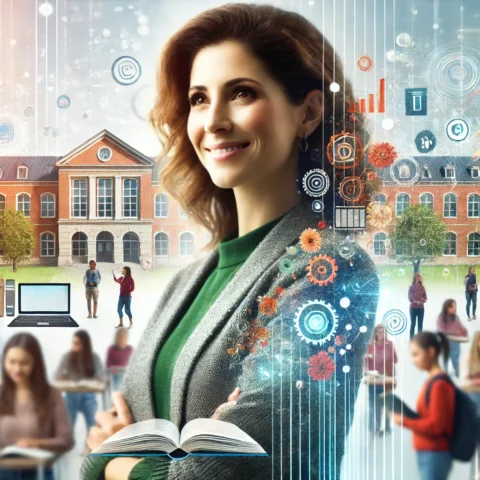In today’s fast-evolving educational landscape, the traditional classroom setup has undergone a significant transformation. From chalkboards to projectors, and now to interactive technology, schools are consistently seeking methods to create a more engaging and effective learning environment. Among these advancements, interactive whiteboards have emerged as a game-changer in classrooms worldwide. This technology not only modernizes the learning process but also revolutionizes the way students and teachers interact, creating a more dynamic and inclusive educational space.
The Rise of Interactive Whiteboards in Education
The use of interactive whiteboards has increased exponentially over the past decade, becoming an essential tool in many classrooms. These boards go beyond the capabilities of traditional whiteboards by allowing teachers and students to interact with digital content directly on the board’s surface. The touch-sensitive screen can display videos, diagrams, presentations, and other multimedia content, making the learning experience more immersive and visually stimulating. But beyond these flashy features, the core impact of interactive whiteboards lies in their ability to enhance classroom interaction in various ways.
Boosting Student Engagement
One of the most profound impacts of interactive whiteboards is their ability to engage students actively in the learning process. By presenting content in a visually captivating way, teachers can better hold students’ attention and cater to different learning styles. For example, some students respond better to visual aids, while others prefer hands-on interaction. Interactive whiteboards cater to both by offering a mix of audio-visual materials and interactive elements.
This technology allows teachers to conduct live quizzes, interactive lessons, and group activities where students can approach the board and contribute directly. Studies have shown that students are more likely to participate when they are actively involved rather than passively observing. This level of engagement is crucial, especially in younger grades, as it builds foundational skills for teamwork, critical thinking, and active learning.
Enhancing Collaboration Among Students
Collaboration is a vital skill in both academic and professional life, and interactive whiteboards foster this from a young age. Instead of viewing the teacher as the sole authority, the whiteboard serves as a shared resource for all students to contribute and learn from each other’s input. This collaborative approach creates a more balanced and democratic classroom environment where every student feels valued and motivated to participate.
With interactive whiteboards, group projects become more interactive, as students can collectively brainstorm ideas and visualize their concepts on a larger scale. For instance, a history project can involve creating a timeline, which students can annotate, add images, and make edits on the board as a team. This hands-on approach allows students to see the benefits of teamwork and learn from each other, fostering a spirit of cooperation and shared learning.
Facilitating a Personalized Learning Experience
Every classroom comprises a mix of learners, each with unique strengths, interests, and areas where they may struggle. Interactive whiteboards can help teachers provide a more personalized learning experience by tailoring lessons to address the needs of different students. For instance, teachers can save lessons on the whiteboard and revisit them for students who may need additional time to understand the content. Furthermore, interactive activities can be adjusted to various difficulty levels, accommodating both advanced learners and those who may need more guidance.
This personalization not only helps students feel more supported but also promotes a more inclusive classroom environment. Students no longer feel left out or overwhelmed; instead, they gain confidence in knowing that they can learn at their own pace and engage with the material in a way that suits them best.
Improving Teacher-Student Interaction
Traditional teaching methods often place teachers at the front of the classroom, with students passively listening. Interactive whiteboards break down this physical and metaphorical barrier, allowing teachers to move around the classroom and interact more freely with students. This mobility enables teachers to observe students’ reactions closely, gauge their understanding, and adjust the lesson accordingly.
Moreover, interactive whiteboard encourage a two-way interaction that fosters better communication between teachers and students. Teachers can ask questions, solicit opinions, and invite students to explain their answers by demonstrating their thought process on the board. This dynamic not only makes learning more engaging but also builds a stronger teacher-student rapport. Students feel heard and validated, which can significantly impact their confidence and willingness to participate.
Fostering Creativity and Innovation
In a world that increasingly values creative problem-solving and innovation, interactive whiteboards serve as a powerful tool to nurture these skills. The boards offer a variety of tools, such as drawing, writing, and multimedia integration, which allow students to express their ideas in unique and creative ways. Rather than relying on static textbooks, students can create visual stories, design concept maps, and interact with digital content that fosters critical thinking and innovation.
For instance, in a science class, students can simulate chemical reactions or dissect 3D models, activities that would be difficult or impossible to achieve with traditional whiteboards. Such exercises encourage students to think outside the box and explore new ways of approaching problems, a skill that will serve them well in their future endeavors.
Promoting an Inclusive Learning Environment
Creating an inclusive classroom is essential, particularly for students who may have disabilities or learning challenges. Interactive whiteboards support inclusive education by providing tools that accommodate a variety of learning needs. For instance, visually impaired students can benefit from enlarged texts and audio explanations, while students with hearing difficulties can use visual aids and captions.
Moreover, some interactive whiteboards come equipped with specialized software that supports students with dyslexia, ADHD, and other learning disabilities. By making learning more accessible, these boards help teachers create a classroom environment where every student has the opportunity to succeed, regardless of their challenges.
The Future of Education with Interactive Whiteboards
As technology continues to advance, interactive whiteboards are expected to become even more integral to education. With the rise of artificial intelligence and virtual reality, the future may bring even more interactive and immersive learning experiences. Imagine a classroom where students can explore ancient civilizations in 3D or conduct virtual experiments with instant feedback. These possibilities are no longer just dreams; they are on the horizon, thanks to innovations in educational technology.
However, while technology offers many benefits, the human element of teaching remains irreplaceable. Interactive whiteboards are tools to enhance, not replace, the invaluable role that teachers play in guiding and inspiring students. When used effectively, they can be a powerful aid that amplifies the teacher’s impact and helps students realize their potential.
Conclusion: Transforming Classrooms for the Better
In conclusion, interactive whiteboards are not just a passing trend in education. They represent a shift toward more engaging, inclusive, and effective learning environments. By fostering student engagement, promoting collaboration, and supporting personalized and inclusive learning, these boards have redefined what’s possible in the classroom. As more schools adopt this technology, the impact of interactive whiteboards on classroom interaction is likely to grow, setting a new standard for educational excellence.
The journey of learning should be as enriching and enjoyable as possible. Through interactive whiteboards, students and teachers can interact in ways that enhance both education and personal development. This transformative technology makes the classroom not just a place of instruction but a vibrant, interactive community where curiosity thrives and knowledge is shared.




